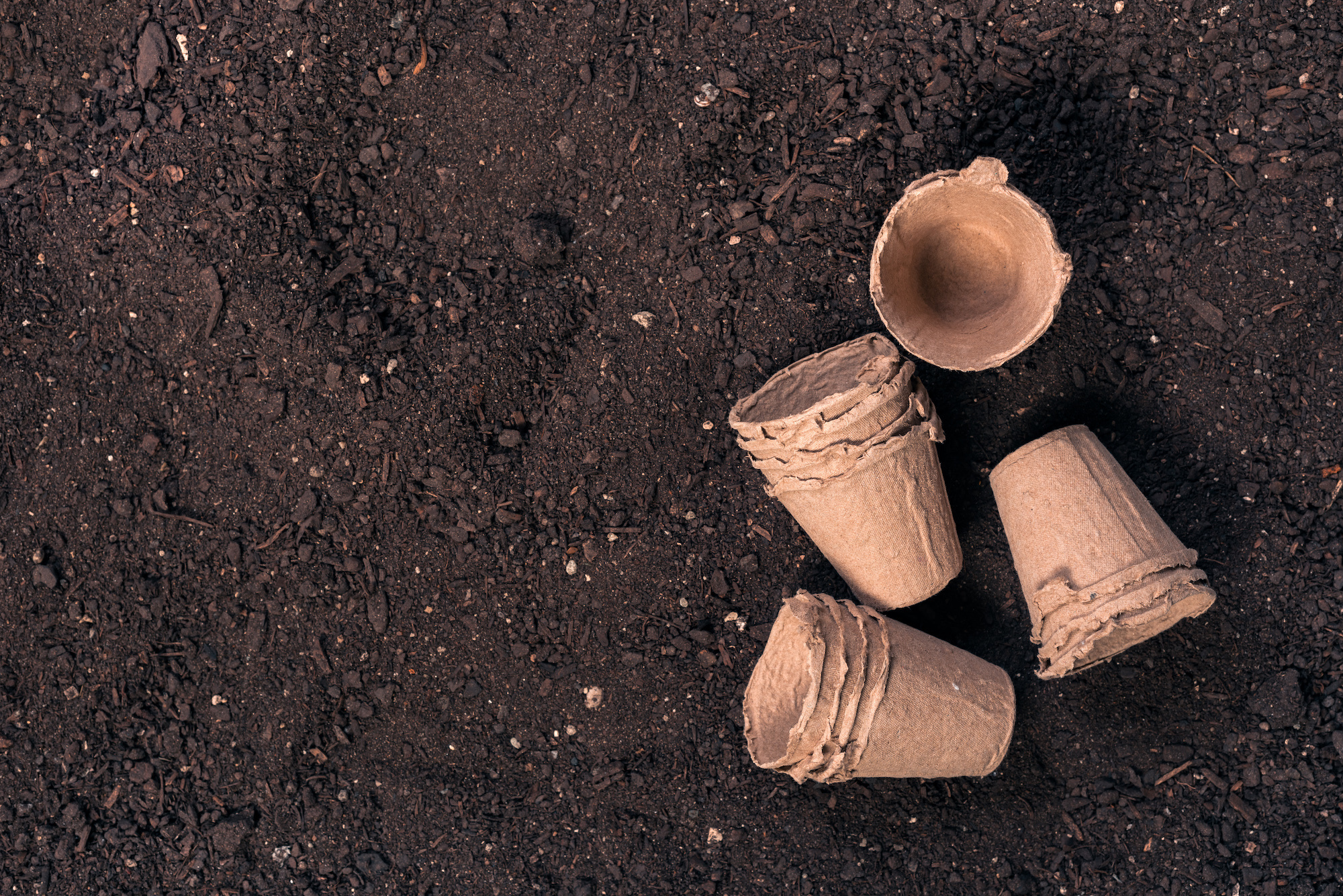How to recognise a good potting soil

Potting soil is a very important product for gardeners. Most gardeners use it as a natural base for their potted and in-ground plants. There is a wide range of potting soils available, depending on the purpose for which they are used. Some are suitable for all types of plants, while others are reserved for more specific uses. This wide variety makes it difficult to find the right potting soil. But how do you recognize it? Here are a few tips to help you find the right one for you.
What is potting soil?
Potting soil is a natural growing medium, consisting mainly of topsoil rich in decomposition products that provide it with organic matter. This includes manure, peat and composted plant debris (leaves, wood fibres, bark, etc.). Used in vegetable or horticultural crops, this product improves the structure of the soil in which the plants are grown.
To give it its specific qualities, potting soil mainly contains fertilizer that integrates the nutrients required to get the planting off to a good start. Next come the mineral materials (sand, perlite, vermiculite, dolomitic lime, clay, etc.) which serve to conserve moisture, lighten the soil and improve aeration.
Why use potting soil?
In most cases, potting soil is an excellent alternative to soil for growing plants in pots or above ground. It is also used to improve planting conditions for sowing, transplanting, cuttings or repotting.
This growing medium must ensure good rooting, better anchoring of plants and good assimilation of nutrients. It helps to drain water and nutrients perfectly to the plants to stimulate their growth.
Potting soil is also used in open-ground or garden crops, even in beds. It enriches or amends the soil and provides nutrients that are lacking during cultivation.
Criteria for recognizing a good potting soil
In order to recognize a good potting soil, it is necessary to analyze first what is written on the labels. First of all, the dry matter indicates the water content. Then comes the organic matter content. The higher the amount, the better the quality. The water retention capacity, electrical conductivity or resistivity, pH and NPK fertilizers are also listed.
The pH shows the acidity or alkalinity of the growing medium. Some plants are very sensitive to this parameter. It is advisable to look at the pH (6 to 6.5), to avoid having products composed only of peat. Depending on their rate, NPK fertilizers are important to ensure good root development, to promote foliage, flowering or fruiting.
Because of its different elements and components, a wide variety of potting soils is available on the market. The choice depends on the purpose for which you wish to use it. For planting, there is universal potting soil, horticultural potting soil, vegetable potting soil, potting soil for pots and planters and potting soil for green plants. Others are dedicated to more specific uses: for citrus, roses, orchids, etc.
No matter what, a quality potting soil should sometimes be dark in colour, homogeneous and soft to the touch.


Comments
Be the first to comment...